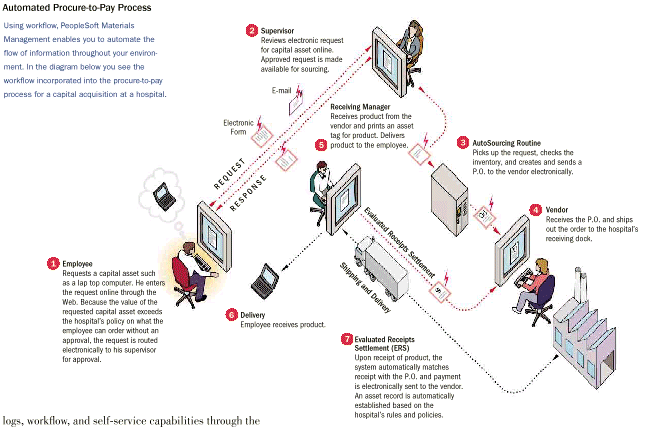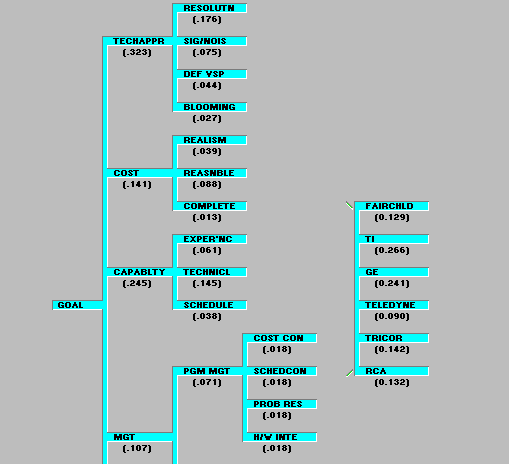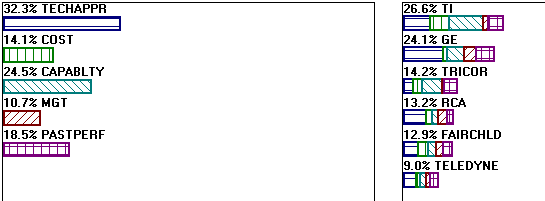| ""Those who say it cannot be done, should not interrupt those who are doing it." Chinese Proverb " |
Previous weeks discussions have been of a general nature, dealing with broad based topics dealing with across the board issues such as decision making and performance measures. In analyzing these issues one thing seems certain. All IT managers are looking for ways to reduce the burden associated with creating and maintaining Information Systems.
The need for reducing the IT burden is especially true of software components. Maintaining custom-built in house solutions is a costly and difficult endeavor. In past decades this was seen as the only solution to many organizations information needs. But in the 1990's, rising costs, increased difficulty in hiring and maintaining IT staff, and increased pressure to port needed systems to alternative uses and expanded access has placed the IT manager in a difficult position. Users want better faster and cheaper information systems - now. At the same time the Year 2000 problem has pushed the need to have compliant systems to the top of the priority list. Organizations see the cost of converting legacy systems as greater than a complete conversion of existing software assets.
The specific answer for many managers has been to turn to 1) outsourcing and 2) enterprise level packaged/turnkey systems. Enterprise packages are frequently referred to as Enterprise Resource Planning (ERP) applications. Neither of these methods are new. Outsourcing for common "batch oriented" business applications such as payroll has been around as long as mainframe computers have existed. And vendors specializing in virtually all application specific areas such as systems for schools or restaurants have also been around for decades. Both of these approaches methods typically include:
Adopting Enterprise Resource Planning Systems

Workflow structure for an ERP System from Peoplesoft.
Frequently the claims that ERP Vendors provide about the capability of their software are quite extensive. For example some "claims" from vendors drawn off the web include:
Grover et al have provided some "facts" with respect to outsourcing. These are, in most of the cases, the symbiotic relationships that are causing a heightened interest in this area.
The following example looks at an interesting approach for identifying, weighing and synthesizing those factors involved in making an outsourcing decision. For a full treatment of this subject the reader should refer to Putrus1 The individual or group responsible for the source selection would proceed through the following stages of analysis within an agreed timetable.
1) search and establish possible options / alternatives
2) extract criteria for judging those alternatives
3) set up a hierarchical "tree" model
4) do paired comparison or a group comparison to set weights
5) synthesize the results
6) do sensitivity analysis on the results
Part 3 - The Hierarchical Model - with finished weights


Part 4a Paired comparison to set weights

Part 4b Grouped comparison to set weights

Part 5 - Synthesis to provide a prioritized list of options &
Sensitivity Analysis

Their are a number of decision support packages available such as this
to assist in this evaluation task. The images above are from the package
Expert Choice.
References
"Can a German Software Giant Provide Client/Server Solutions?" in Management Information Systems. Laudon, K and Laudon, J. p 460-1. Prentice Hall. 1998.
Bond, B. and Keller, E. "Enterprise Resource Planning: Optimizing Business Functions" Inside Gartner Group. January 24, 1996.
Putrus R.S."Outsourcing Analysis and Justification Using AHP." Information Strategy: The Executive's Journal 9 p131-36. 1992.
Expert Choice, Expert Choice Inc. http://www.expertchoice.com
No Discussions or Organizational Paper sections due this week
(c) John H. Saunders 1998. Permission granted for use in courses at the University of Maryland